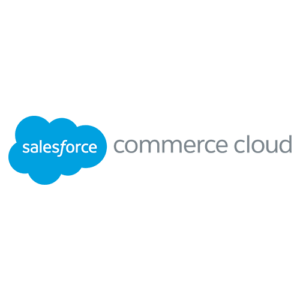
Sovos Named a Leader in “IDC MarketScape for SaaS and Cloud-enabled Sales and Use Tax Automation Software for Enterprise” 2021
“Sovos combines local expertise with a seamless, global customer experience across its full suite of compliance solutions. They are a strong choice for companies of any size looking for cloud tax software and services to meet compliance and regulatory demands anywhere they do business.”
– Kevin Permenter, IDC research director, financial applications





